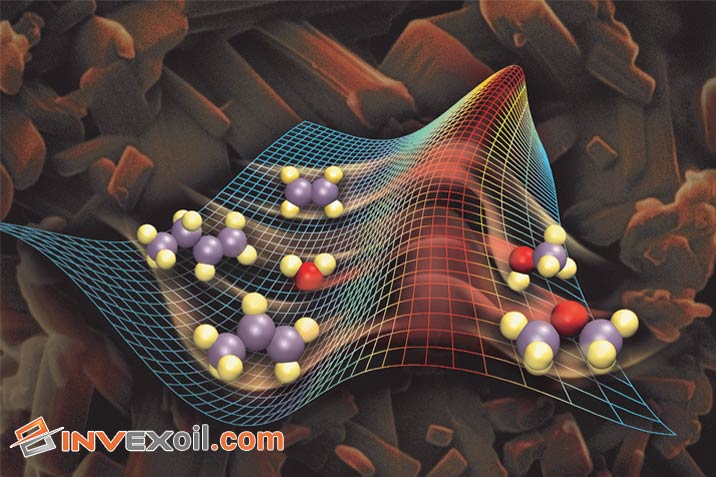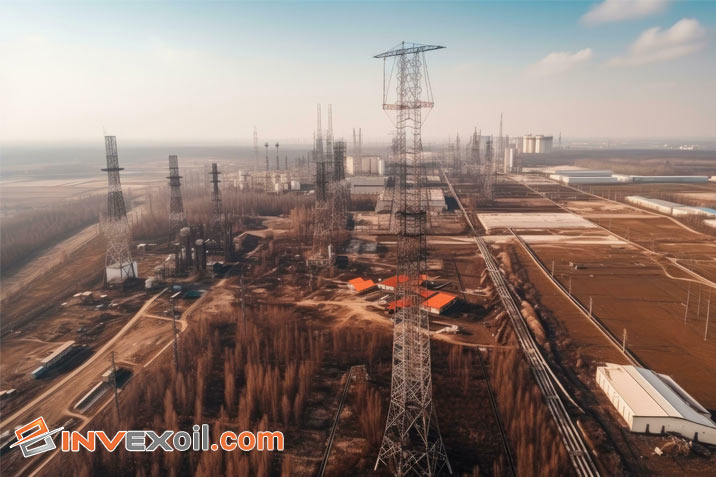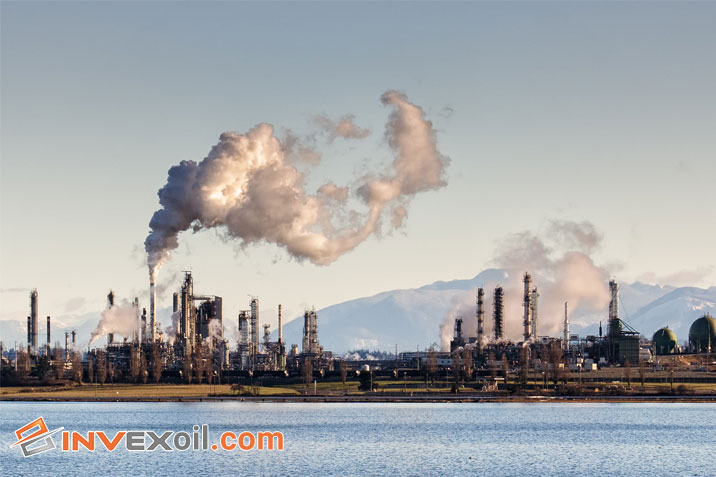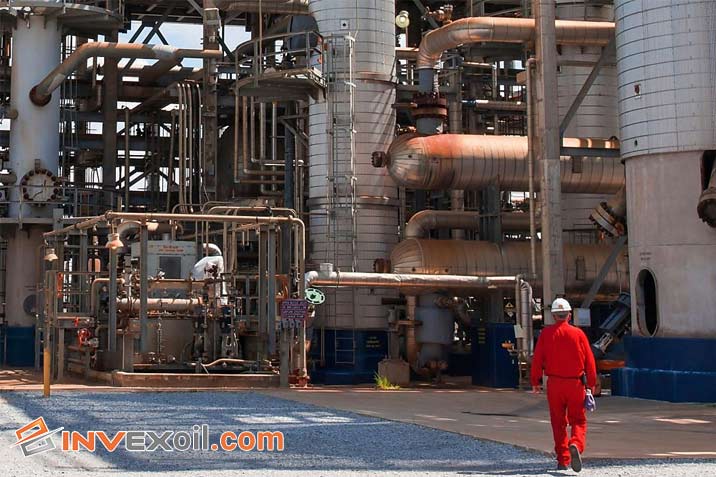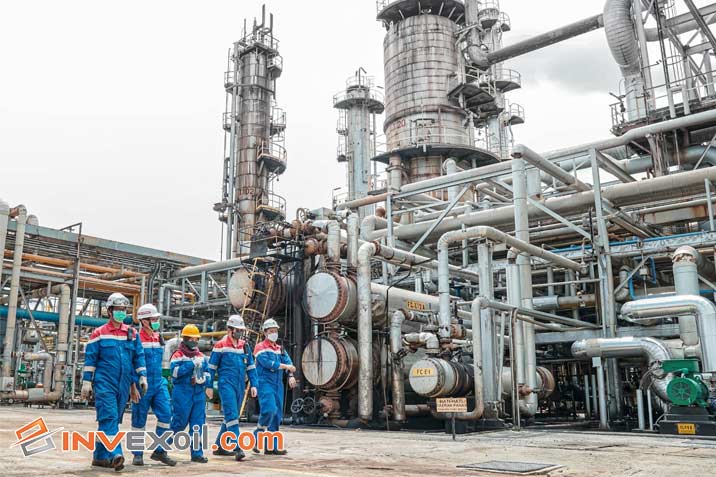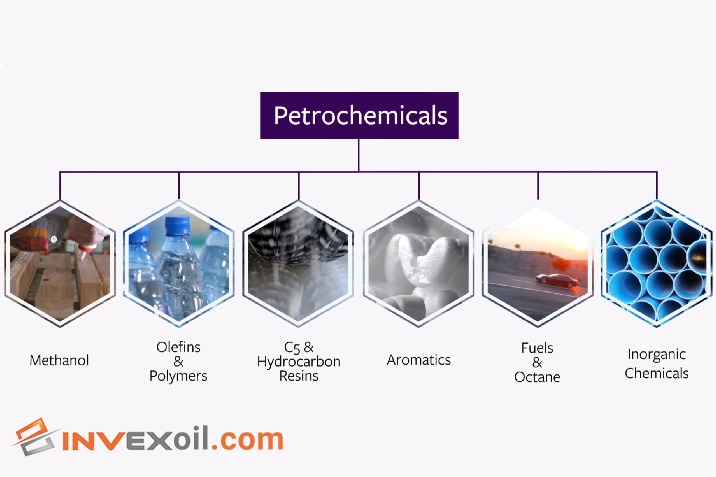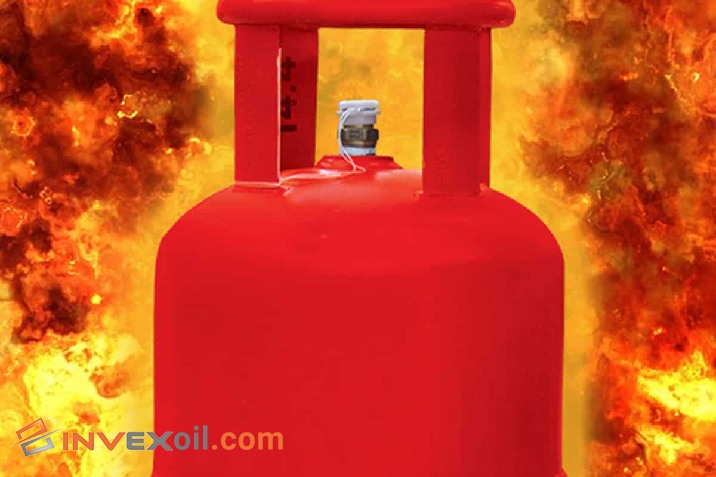oil refinery catalysts are indispensable in oil refining and petrochemical processes. These catalysts accelerate reactions, converting crude oil into essential products. The diverse Mineral adsorbents and catalysts fall into heterogeneous and homogeneous categories, shaping reactions and molecular transformations. This article delves into their intricate role, highlighting their vital contribution to the energy and chemical sectors.
Table of Contents
Setting the Stage: Importance of Catalysts in Oil Refineries and Petrochemical Industries
Catalysts serve as the unspoken heroes shaping the landscape of oil refineries and petrochemical industries. These industries rely on catalysts to ignite chemical transformations that convert raw materials into a vast array of essential products. From the conversion of crude oil to valuable fuels to the creation of polymers for everyday use, catalysts are the driving force propelling these industries forward.
Types of Industrial Mineral Adsorbents and Catalysts
Delving into the intricate realm of industrial catalysts reveals a diverse world of function and form. Catalysts exist as liquids or solids, and they serve as the cornerstone of various processes. These catalysts can be broadly classified into two main categories, each playing a vital role in the oil refineries and petrochemical industries.
Heterogeneous Catalysis: Shaping Reactions at Interfaces
Heterogeneous catalysis stands as a cornerstone of oil refineries and petrochemical industries, influencing a plethora of vital chemical transformations. This catalytic process involves catalysts existing in a different phase from the reactants, often as solid materials. The significance of this catalytic type is underscored by its diverse applications and pivotal role in driving industrial progress.
And these are some key points of Heterogeneous Catalysis:
- Heterogeneous catalysis bridges the gap between catalysts and reactants in distinct phases.
- Catalysts with high surface area facilitate increased reactant interaction, expediting reactions.
- This catalytic mode is versatile, finding use in refining, petrochemical, and environmental processes.
- Applications include Fluid Catalytic Cracking (FCC) for gasoline production and catalytic reforming for aromatics.
| Catalyst Type | Applications |
| Zeolites | FCC, hydrocracking, isomerization |
| Metal Oxides | Catalytic reforming, shift reactions |
| Transition Metals | Hydrogenation, dehydrogenation |
| Supported Catalysts | Sulfur recovery, selective oxidation |
| Acid-Base Catalysts | Cracking, alkylation |
The Role of Surface Area and Porosity
Central to the efficiency of heterogeneous catalysts is their surface area and porosity. These attributes determine the catalyst’s capacity to provide ample sites for reactants to attach and undergo transformations. Surface area and porosity significantly influence the catalyst’s effectiveness in driving reactions toward desired products.
And these are some key points of Surface Area and Porosity:
- High surface area allows more reactant molecules to access active sites, boosting reactivity.
- Porosity enhances the catalyst’s capacity to hold reactants and products within its structure.
- These characteristics maximize the catalyst’s utilization and minimize diffusion limitations.
Key Mechanisms of Heterogeneous Catalysis
The mechanics of heterogeneous catalysis unveil intricate processes dictating how reactants transform into products on catalyst surfaces. These key mechanisms elucidate the catalytic dance happening at the interfaces, shedding light on the magic behind chemical conversions.
This detailed exploration of heterogeneous catalysis unveils the complex interplay between catalysts and reactions at the molecular level. Surface properties, porosity, and key mechanisms all contribute to the fascinating world of catalyst-driven transformations in the oil refining and petrochemical domains.
Homogeneous Catalysis: A Molecular Dance in Solution
Homogeneous catalysis orchestrates a mesmerizing molecular performance in solution, where catalysts and reactants coexist harmoniously. In this catalytic mode, the catalyst and reactants share the same phase, allowing for an intimate interaction that leads to precise chemical transformations. This intricate dance of molecules opens doors to a range of fascinating applications across oil refineries and petrochemical industries.
Here are some most important points of Homogeneous Catalysis:
- Homogeneous catalysis involves catalysts and reactants dissolving in the same phase, often a liquid.
- Catalysts create temporary bonds with reactants, facilitating reactions in a controlled manner.
- This catalytic type enables precise control over reaction conditions and selectivity.
- Homogeneous catalysis is utilized in polymerization, oxidation, and acid-base reactions.
| Reaction Type | Applications |
| Hydrogenation | Converting unsaturated compounds to saturated |
| Oxidation | Creating valuable intermediates and products |
| Acid-Base Reactions | Controlling pH and catalyzing acid-base shifts |
| Polymerization | Constructing polymers for various industries |
Unique Advantages and Challenges of Homogeneous Catalysis
Homogeneous catalysis offers distinctive advantages and poses intriguing challenges in equal measure. Understanding these aspects is crucial in harnessing the full potential of this catalytic mode. From enhanced control over reaction conditions to the intricacies of separation, this catalytic type presents a balanced spectrum of opportunities and complexities.
Some key phrases of Advantages:
- Precise control over reaction conditions leads to targeted outcomes.
- Selectivity is finely tuned, yielding desired products with minimal byproducts.
- High reaction rates result from the intimate contact between catalysts and reactants.
And then, some key phrases of challenges:
- Separating catalyst from the reaction mixture can be challenging and resource-intensive.
- Catalyst poisoning can occur due to unwanted side reactions or impurities.
- Environmental considerations arise due to the use of solvents and potential waste generation.
Solvent Effects and Reaction Control
Solvents play a crucial role in homogeneous catalysis, influencing both reaction outcomes and environmental impacts. The choice of solvent can impact catalyst activity, selectivity, and stability. Additionally, solvent effects can be harnessed to control reaction rates and even alter product distributions.
In the world of homogeneous catalysis, the interplay between molecular intimacy, solvent choice, and reaction control crafts a dynamic landscape with remarkable potential and intriguing challenges. Understanding these nuances is pivotal for harnessing the power of this catalytic mode within the context of oil refineries and petrochemical industries.
Refinery Catalysts
In the realm of oil refineries, catalysts take center stage, steering essential transformations that convert crude oil into an array of indispensable consumer products. This intricate process involves a myriad of catalytic reactions that turn raw materials into products like LPG, gasoline, kerosene, and fuel oil. These catalysts, utilized within refinery operational units, can be categorized into two distinct groups.
Conversion Units (Refining): Unlocking Transformation
The conversion units within oil refineries are where the magic of catalysts truly comes alive. These units harness the power of catalysts to facilitate transformative processes that elevate heavy crude oil to lighter, more valuable products. From fluid catalytic cracking to hydrocracking, these conversion units are vital cogs in the refinery machinery.
Its better to know:
- Conversion units are integral to refining, and driving the conversion of heavy hydrocarbons.
- Catalysts within these units initiate controlled reactions, breaking down complex molecules.
- Lighter products like gasoline and distillates are generated through these catalytic processes.
| Conversion Process | Catalyst Type |
| Fluid Catalytic Cracking | Zeolite-based catalysts |
| Hydrocracking | Supported metal catalysts |
| Hydrotreating | Sulfided metal catalysts |
| Isomerization | Platinum-based catalysts |
Fluid Catalytic Cracking (FCC): From Heavy to Light
Fluid Catalytic Cracking (FCC) stands as a cornerstone conversion process, transforming heavy hydrocarbons into lighter, more valuable products. This catalytic wizardry occurs within FCC units, where catalysts wield their power to crack complex molecules, paving the way for high-octane gasoline and other sought-after products.
Here are some key information for you:
- FCC is a paramount catalytic process, converting heavy feedstock to lighter products.
- Zeolite-based catalysts are the engine driving the FCC process.
- Cracking reactions within FCC units enhance fuel production and quality.
Hydrocracking: Enhancing Hydrogenation
Hydrocracking, another essential conversion process, capitalizes on catalysts to enhance hydrogenation. In this process, heavy hydrocarbons are subjected to hydrogen and catalysts under high pressures and temperatures, leading to the production of cleaner and higher-quality products.
Qualitative Units: Enhancing Purity and Quality
Within the intricate tapestry of oil refineries, qualitative units stand as guardians of product purity and quality. These units employ carefully selected catalysts to refine and elevate the characteristics of refined products. Through processes like catalytic reforming and isomerization, qualitative units play a pivotal role in shaping the final consumer experience.
| Product | Catalyst Type |
| Gasoline | Platinum-based catalysts |
| Aromatics | Zeolite catalysts |
| Isoparaffins | Solid acid catalysts |
| Olefins | Phosphoric acid catalysts |
Catalytic Reforming: Shaping Aromatics
Catalytic reforming emerges as a transformative process within qualitative units, sculpting hydrocarbons into higher-octane products enriched with aromatics. This intricate dance of reactions revolves around catalysts that stimulate the rearrangement of molecules, ultimately producing gasoline with enhanced properties.
It is better to know that:
- Catalytic reforming harnesses catalysts to convert naphtha into high-octane gasoline.
- Zeolite catalysts encourage molecular rearrangement, boosting aromatics content.
- This process elevates gasoline’s performance, improving both efficiency and combustion.
Isomerization: A Twist in Molecules
Isomerization, another ingenious process, imparts a twist to hydrocarbon molecules, enhancing their properties. Employing catalysts that facilitate molecular rearrangement, isomerization transforms straight-chain hydrocarbons into their branched isomers. The result: higher-octane gasoline and improved product quality.
Petrochemical Industries Catalysts
As you already may know, catalysts take on a new dimension, driving transformations that yield a vast array of chemical products. These catalysts are essential players in processes that lead to the creation of plastics, synthetic materials, and a plethora of chemical compounds.
Polymerization Process: From Monomers to Polymers
At the heart of petrochemical catalysts lies the polymerization process, a remarkable journey from individual monomers to intricate polymers. Catalysts facilitate the bonding of monomers, enabling them to link and form long chains—the very foundation of plastics and synthetic materials.
| Polymer Type | Catalyst Type |
| Polyethylene | Ziegler-Natta catalysts |
| Polypropylene | Metallocene catalysts |
| Polyvinyl Chloride | Free radical initiators |
| Polyester | Titanium-based catalysts |
Types of Polymerization: Uniting Small Molecules
Polymerization comes in various forms, each wielding distinct catalysts to orchestrate the union of small molecules. From radical polymerization to coordination polymerization, these processes influence the properties and applications of the resulting polymers.
Catalyst Design for Polymerization
The art of catalyst design becomes crucial in polymerization, dictating the outcome of reactions. Catalysts must be tailored to specific processes, ensuring control over molecular structures and polymer properties. This intricate design process empowers the creation of materials with targeted attributes.
Common Processes Using Catalysts in Refining and Petrochemical Complexes
In the realms of refining and petrochemical industries, where raw materials and end products may diverge, a surprising commonality emerges: the utilization of catalyst-driven processes. These processes, though distinct, share the fundamental role of catalysts in driving efficiency and product quality.
Steam Reforming for Hydrogen and Synthesis Gas Production
One of the shared processes is steam reforming, a paramount method to produce hydrogen and synthesis gas. Catalysts in this context are catalysts for reforming, a type designed to initiate and accelerate chemical reactions. The table below highlights these catalysts along with their roles and applications.
| Catalyst Type | Role | Application |
| Nickel-based | Reforming Reaction | Hydrogen Production |
| Ruthenium-based | Hydrogenation | Synthesis Gas Creation |
High-Temperature Shift Conversion (HTSC) and Low-Temperature Shift Conversion (LTSC)
Shift conversion processes, both high-temperature and low-temperature, are catalyst-driven solutions that convert harmful carbon monoxide into more benign carbon dioxide. High-temperature and low-temperature shift catalysts operate at distinct temperature ranges, enhancing carbon monoxide reduction efficiency.
Sulfur Recovery (SRU): Purifying for Compliance
Sulfur recovery, a shared pursuit in these industries, is vital for environmental compliance. Sulfur recovery units (SRUs) employ specialized catalysts to convert harmful sulfur compounds into elemental sulfur, ensuring the purity of end products and minimizing environmental impact.
Removal of Sulfur: Extracting Impurities
The removal of sulfur compounds, a common challenge, requires catalysts with a unique capability. Hydrodesulfurization (HDS) catalysts facilitate the removal of sulfur impurities from hydrocarbon streams, yielding cleaner and compliant end products.
The refining and petrochemical industries may traverse distinct paths, yet catalysts forge connections through shared processes. Steam reforming, shift conversion, sulfur recovery, and sulfur removal all exemplify the indispensable role of catalysts in shaping these industries.
Conclusion
In summary, the pivotal role of oil refinery catalysts is undeniable. These agents drive the conversion of crude oil to consumer goods, underpinning the refining and petrochemical sectors. Their diversity spans heterogeneous and homogeneous catalysis, powering crucial processes like steam reforming and sulfur recovery. The widespread use and high demand of these catalysts underscore their indispensable contribution to energy transformation and economic progress.
FAQ
Now, there are some most common questions about oil refinery catalysts, and you can read them to find your answers:
What are oil refinery catalysts?
Oil refinery catalysts are substances that accelerate chemical reactions in refining processes, converting crude oil into valuable products like gasoline and diesel.
What are the main types of oil refinery catalysts?
The main types are heterogeneous and homogeneous catalysts. Heterogeneous catalysts operate at interfaces, while homogeneous catalysts function uniformly in solution.
How do oil refinery catalysts impact refining and petrochemical industries?
Oil refinery catalysts are crucial in refining processes, increasing efficiency and yield while minimizing energy consumption and environmental impact.

Hello, This is Matteo Hudson Copywriter from InvexOil. We are here to provide super-important content to help you learn more easily and be involved in the world of Petroleum and Chemistry. We are here to answer your questions, help you to have better services, and also find the best solution for your problems. Don’t be shy and ask your questions in the comment box or call our number. If you want to connect with me directly, you can search for my name on Linkedin.

